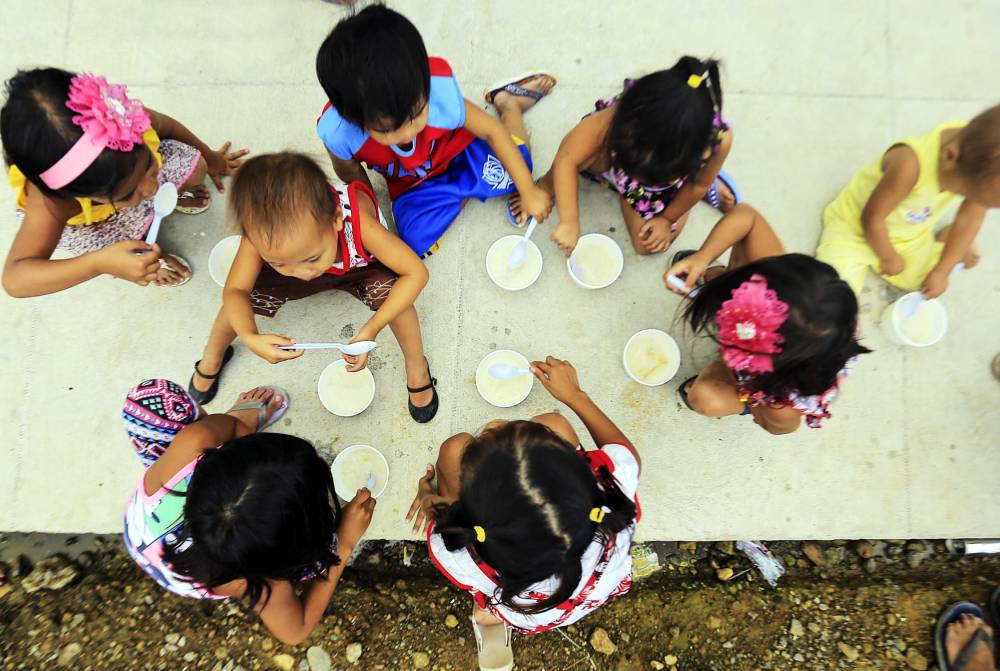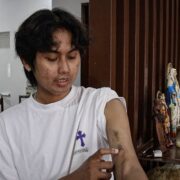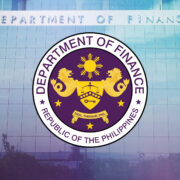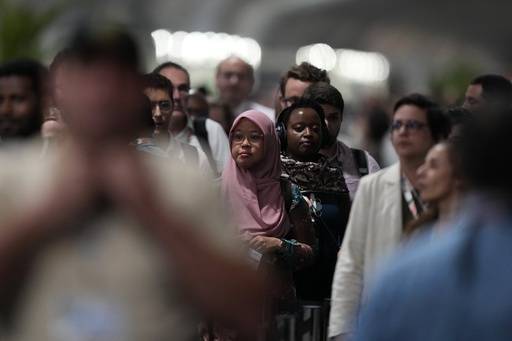Zero Hunger: What is it, and how can we help?

Sustainable Development Goal (SDG) No. 2 of the United Nations is all about creating a world free of hunger by 2030.
A world with zero hunger — where everyone has access to safe, nutritious, and adequate food — can positively impact our economies, health, education, equality, and social development. It’s an essential piece in building a better future for everyone, since hunger limits human development and hampers the goal of achieving other sustainable development goals such as education, health, and gender equality.
The global issue of hunger and food insecurity has shown an alarming increase since 2015, a trend exacerbated by a combination of factors including public health crisis such as the Covid-19 pandemic, wars and conflict, climate change, deepening inequalities, and declining food production.
According to a UN report in July 2024, an estimated 733 million people around the world faced hunger in 2023 while an estimated 28.9 percent of the global population, or 2.33 billion people, were moderately or severely food-insecure, meaning they did not have regular access to adequate food.
These estimates include 10.7 percent of the population — 864 million people — who were food-insecure at severe levels, posing grave risks to their health and well-being.
Extreme hunger and malnutrition remain a barrier to sustainable development and creates a trap from which people cannot easily escape. Hunger and malnutrition mean less productive individuals who are more prone to disease and are often unable to earn more to better their lives.
The persistent surge in hunger and food insecurity, fueled by a complex interplay of factors, is a critical humanitarian challenge that demands immediate attention and coordinated global efforts. Food security requires a multi-dimensional approach, from social protection to safeguard safe and nutritious food especially for children, to transforming food systems to achieve more inclusive and sustainable food supplies.
Investment in the agriculture sector is key to reducing hunger and poverty, improving food security, creating employment, and building resilience to disasters and shocks. Investments in rural and urban areas and in social protection should also be prioritized so poor people have access to food and can improve their livelihoods.
Everyone can make changes in their lives to help reach zero hunger whether at home, at work, or in the community, such as supporting local farmers or markets, making sustainable food choices, advocating good nutrition for all, and fighting food waste. As consumers and voters, everyone of us can use our voices to demand that businesses and governments make the necessary choices and changes that will help avert further hunger and food insecurity in our midst.
Sources: sdgs.un.org, unescap.org





















